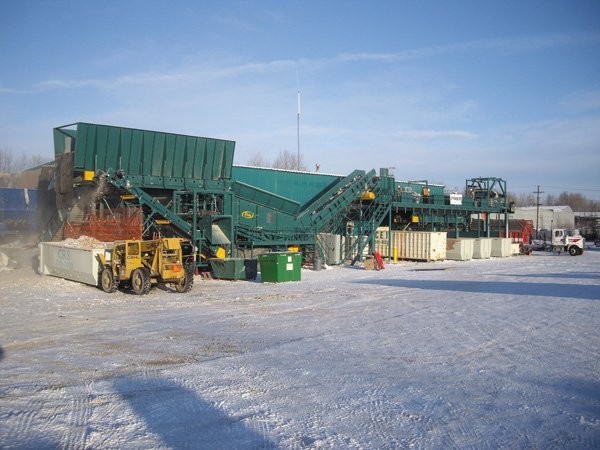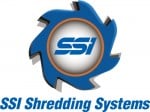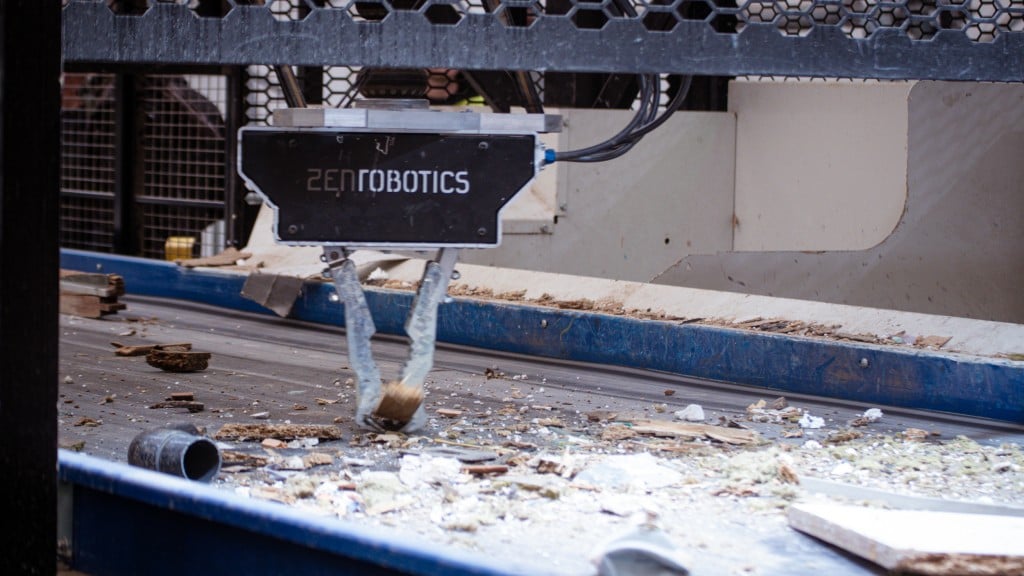Building a successful mixed C&D recycling operation
Research, planning and manufacturer support are key

Occasionally companies come along who take matters into their own hands. Drawing upon their particular strengths, these companies do what others say can’t be done. Central Recycling Services (CRS) is one such company. In 2009 the company selected Premier Tech’s Erin product line and SSI Shredding Systems’ PRI-MAX shredder to help it launch a mixed C&D recycling operation. Online since November 2009, the CRS facility, located in Anchorage, Alaska, is now seeing 75 percent C&D debris diversion rates.
CRS was founded in 1981 as an insulation company, and later an abatement firm. The company has since evolved into Central Environmental Inc. (CEI) which encompasses a range of companies involved in environmental consulting, trucking, concrete cutting and coring, and full-service contracting.
“The abatement work eventually led to environmental cleanup work, demolition projects and then, in support of the demolition, civil work,” explains Shane Durand, the company’s project manager.
Today all of the companies engaged in environmental related work are sister companies under the banner of CEI, while those with a recycling-specific focus are part of CRS.
Lessons learned: from middle school to operation
Durand says their company had always been a fervent supporter of recycling, taking in and recycling concrete, asphalt, and scrap metals. What changed the complexion of their approach to recycling however, was a project they did in 2007 which involved the demolition of a local Middle School. While demolition was nothing new to the company, the way in which they were being asked to do it was.
“We were approached by the owner of the job and asked to do as much debris diversion as possible to gain him LEED (Leadership in Energy & Environmental Design) points,” explains Durand. “We agreed, did the school demolition job, and brought most of the materials down to our yard. There, we separated out all the concrete and steel, and did a ‘poor man’s’ sorting operation for the remainder of the debris. As a result of those efforts, we were able to achieve an 85 percent diversion rate and get them their LEED points.”
“More importantly, it really sparked our interest in scaling up our existing recycling operation and led us to where we are today – running arguably one of the industry’s newest, most efficient mixed C&D recycling operations.”
For Durand, getting to that point meant extensive research of what equipment was available, what approaches to material separation and recycling were being utilized and what problems others were encountering.
“For a good two years, I read the C&D recycling magazines, and called almost every manufacturer to explain what we were trying to do.”
Durand says he also visited a good number of sites throughout North America, speaking to existing customers who were doing essentially what CRS hoped to do. Based in part on that input – but mostly on responsiveness to their ideas and suggestions from the manufacturers they talked to – they selected an Erin mixed waste recycling system from Quebec-based Premier Tech, fronted by a slow-speed, high torque PRI-MAX 6000 shredder from Oregon-based SSI Shredding Systems.
As challenging as the selection of equipment suppliers was, Durand says it almost paled by comparison to what they had to do to secure a site for their operation.
“There are zoning restrictions in Anchorage that consider a recycle operation to be the same as a scrap yard, a distinction that requires a conditional use permit. Try to go anywhere and get an entire neighborhood to agree on having a recycling operation in their ‘backyard.’ It’s not easy. We are fortunate to have a great working relationship with Alaska Railroad and were able to lease land from them for CRS’s new home.”
According to Durand, the company committed in July of 2009 to Erin Recycling and SSI, whose engineers worked together to make the system operate seamlessly. The recycling operation went online at the beginning of November 2009.
Shredding makes its mark
Durand and CRS’s goals for the new operation, like those of most similar sites, were fairly simple: effect the highest level of material recovery possible, as efficiently as possible. To do that, a John Deere 200 excavator loads material from the tipping area into the SSI PRI-MAX 6000 shredder. While many material recovery operations opt to shred after material separation, or eliminate primary shredding altogether, Durand says his visits to other operations during the research phase taught him otherwise.
“We insisted on shredding for a number of reasons,” explains Durand. “First, we feel that sending it through a primary shredder gives us a more uniform size, which in turn, improves efficiencies in the picking area of the operation. We also shred for volume reduction, to maximize loads in the trucks. And finally, our non-recoverables and fines are hauled to the landfill for use as daily cover – and one of their requirements is that the material has to be shredded.”
Passing the tire test
Since installation, Durand says their PRI-MAX has processed a range of materials, including wood containers, land clearing debris and tires. In fact, it is the processing of tires, specifically large off the road tires (OTRs), that really made them aware of the shredder’s power.
“A while back, we had some massive 29.5/25-L5 tires we got from some of the oil companies working the slope and thought we’d see how the 6000 would handle them,” says Durand. “After SSI watched the first tire via our internet camera, they made suggestions for us to make a few minor modifications.”
Following those changes, [the 6000 unit] was able to process three of the OTRs, along with other tires thrown in, down to softball-sized chunks in about ten minutes. Plus, Durand says, because of the way the PRI-MAX shredder is mounted over the Erin apron feeder, it allows CRS the luxury of bypassing the shredding operation entirely, if desired.
Putting a finger on it
The Erin apron feeder used on the CRS site routes material up to a bi-directional conveyor, which can either run in one direction, to directly load the company’s trailers, or in another to feed the screening and sorting operation. An Erin Fingerscreener is used to separate out all three-inch minus material (using screens that can adjust to product size). Below the Fingerscreener, a belt carries the fines past an in-line magnet, then into a pile for removal. The overs from the Fingerscreener go onto an incline belt that feeds a five-bay sort line.
“Each station in the picking area has a hopper that is essentially split in two, with one section for dropping material to an area below and one sloped toward an underbelt,” says Durand. “This second section allows all five stations to be able to pick a single primary product that is then routed into one bay. We have run already-mixed C&D and picked out different products with recyclable value from it. Inversely, at other times we have run just wood, picked the trash out of it and let the wood continue on past a magnet and into a truck for haul off.”
In addition to loading ferrous and non-ferrous scrap, cardboard, and plastics into containers and/or bulk-loading for shipping, CRS currently offers a broad range of recycled materials for resale; from recycled concrete aggregate to mulch. “And we built the facility to allow for a secondary grinder to be added to it,” says Durand. “Should we identify a product that we feel fits within our business model, we can make it.”
The right stuff
"The expandability and versatility of the system – and an impressive amount of attention to detail in the planning phases – are largely what won CRS over to Erin Recycling systems,” says Durand. “Our facility is outside, so Erin took extra time to design for winter operation: things like bearing heaters, cabinet heaters and so on. They did so without any prompting, and we appreciated that.
“Similarly, while SSI was competitively priced and their Oregon location was a factor in us choosing them, the way they do things cemented our decision.”
“Some companies come in and try to sell parts and pieces of equipment off a list,” says Durand. “Erin Recycling systems and SSI genuinely wanted to design and build a system that would meet our long term objectives. I think both companies share many of the same business philosophies, and are a very nice compliment to each other’s efforts.”
“We have only been operating the mixed C&D operation since [2009] but things have come together nicely for us, thanks in large part to the help we’ve gotten from both Erin Recycling and SSI. We have a good feeling for what lies ahead.”
Company info
1, avenue Premier
Premier Tech Campus
Rivière-du-Loup, QC
CA, G5R 6C1
Website:
premiertech.com




